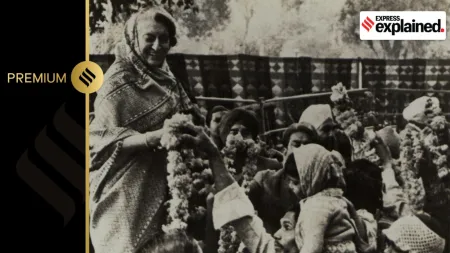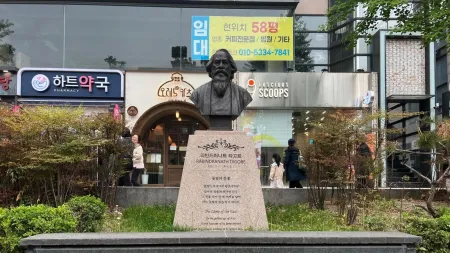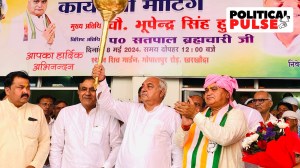- India
- International
Disaster management: Awareness drive on red and blue floodlines
The common factor between these disaster-hit regions of Uttarakhand, Maharashtra and Chennai is heavy encroachment of water bodies.
In 2005, many parts of Maharashtra, including Mumbai, had reported floods that had claimed more than 1,000 lives. Eight years later, in June 2013, Uttarakhand witnessed multiple cloudbursts that had caused flood and landslides, leaving thousands of locals, pilgrims and tourists dead. Last year, heavy rainfall had hit Chennai killing 500 and leaving lakhs homeless.
Watch What Else Is Making News
The common factor between these disaster-hit regions of Uttarakhand, Maharashtra and Chennai is heavy encroachment of water bodies. In simple words, the blue and red floodlines were broken.
Two imaginary lines exist in the river floodplain — the blue line and the red line. The blue line marks a ‘once in 25 years’ floodline, while the red line means ‘once in 100 years’. “No construction should happen inside the blue line, while a controlled construction is allowed inside the red line. However, these rules are often not followed. People fall prey to illegal construction projects near water bodies and suffer,” said Aditi Deodhar, director of Jeevitnadi — a city-based organisation that works towards river and river-related issues.
In order to raise awareness about the significance of these floodlines, Jeevitnadi recently organised an event titled ‘Respect the Code Red’ at Baba Bhide Bridge near Deccan Gymkhana. Nearly 200 people, including college and school students, cummins employees and locals, had participated in the event. The programme began with an unusual ‘kirtan’, where kirtankar Vishwas Kulkarni touched upon the challenges faced by the rivers and emphasised upon our responsibilities as citizens. Through his musical narration, he also explained the concept of the red and blue floodlines and what could be the result if they are not respected.
Later, participants, dressed in blue and red with similar colour flags in their hands, formed a human chain.

According to Deodhar, rivers and streams when flow, cause erosion of their channel. Hence, rivers and streams area always at a level lower compared to the surrounding landscape. Rainwater that falls anywhere on the landscape flows into these waterbodies by gravity. They perform a very important function of providing drainage. “Mumbai and Chennai are coastal towns. Even then the water could not drain out to the sea. Topology of Pune is saucer-shaped and we are surrounded by hills from all sides. If something like this happens in Pune, it will be disastrous beyond imagination,” she added.
Talking about the inception of the event, Deodhar said that many people are fighting a legal battle against the local governance over illegal constructions and encroachments along the riverbed.
Recently, advocate Asim Sarode and architect Sarang Yadwadkar won a case against Pune Municipal Corporation (PMC) in the National Green Tribunal where the PMC was ordered to remove debris dumped on Mutha riverbed. “Red and Blue floodlines are not marked on the landscape and hence not many people are aware of them. ‘Respect the Code Red’ was organised to generate awareness on these concepts. We believe if people know about the hazards and refuse to buy flats in such illegal buildings, this practice will be automatically discouraged,” said Deodhar.
Jeevitnadi has recently collaborated with computer science students of city-based Fergusson College to build a software that will give power to citizens to raise voice against illegal constructions near river bodies. “The project is at a very nascent stage currently,” she added.
May 09: Latest News
- 01
- 02
- 03
- 04
- 05






































